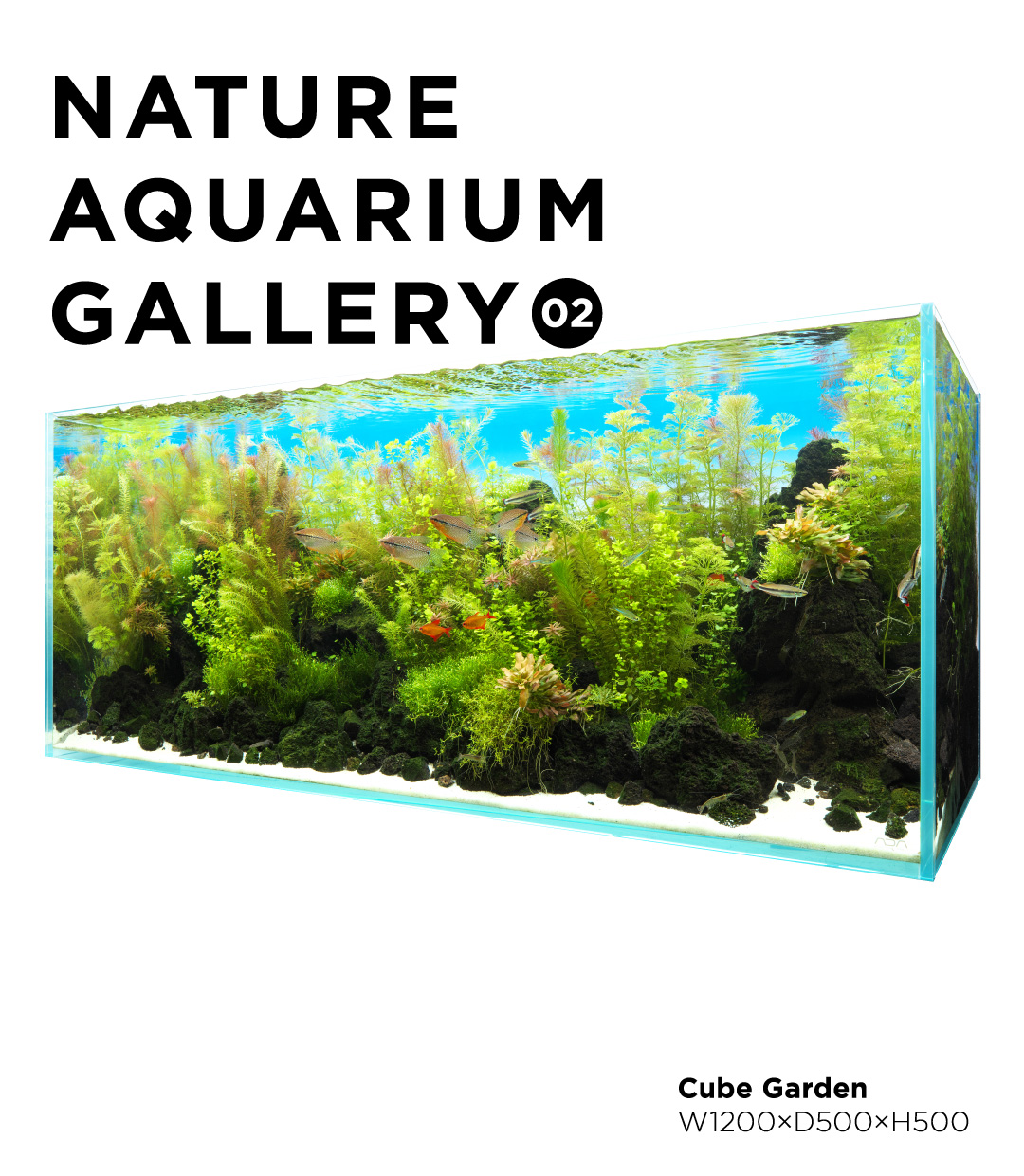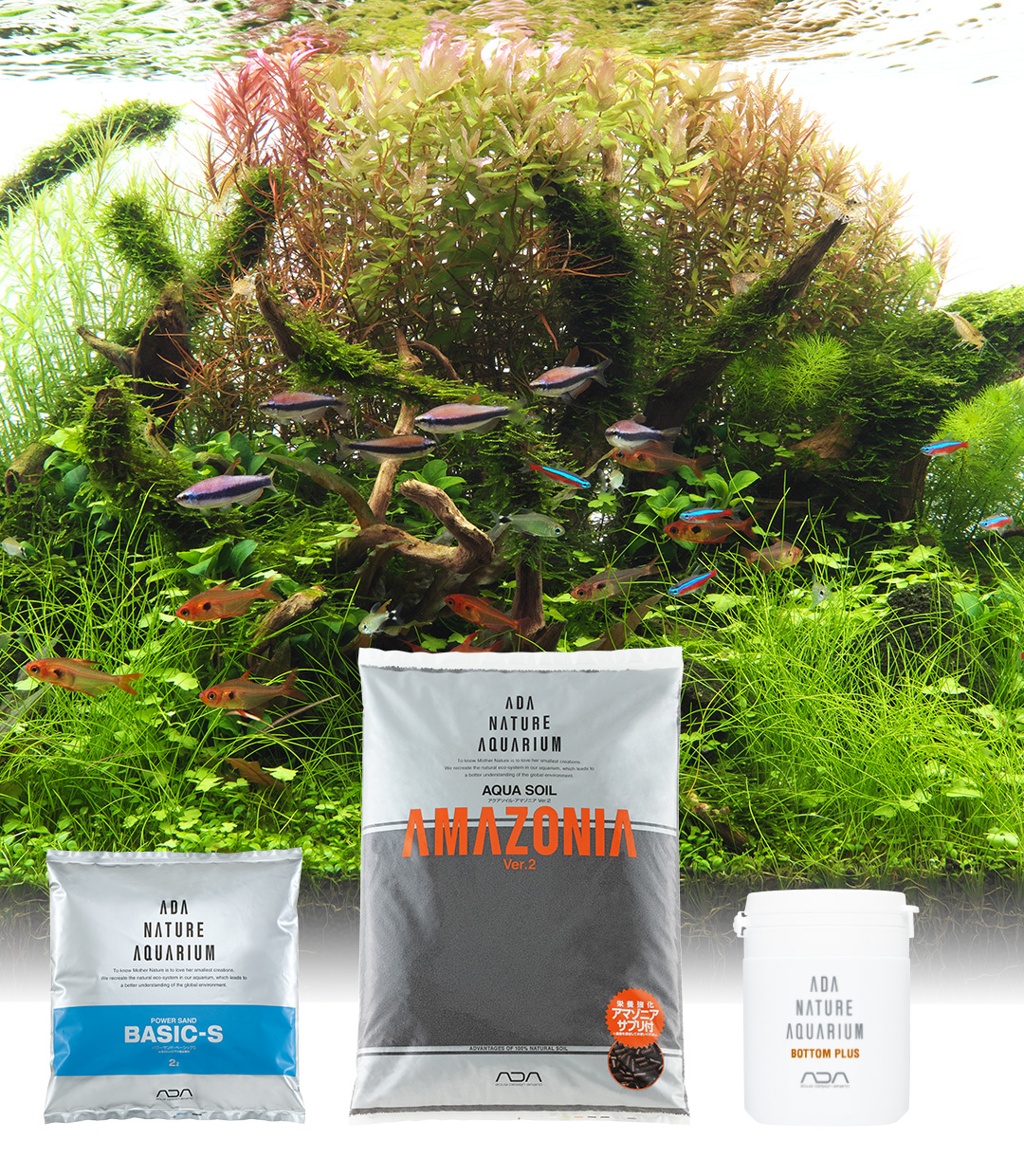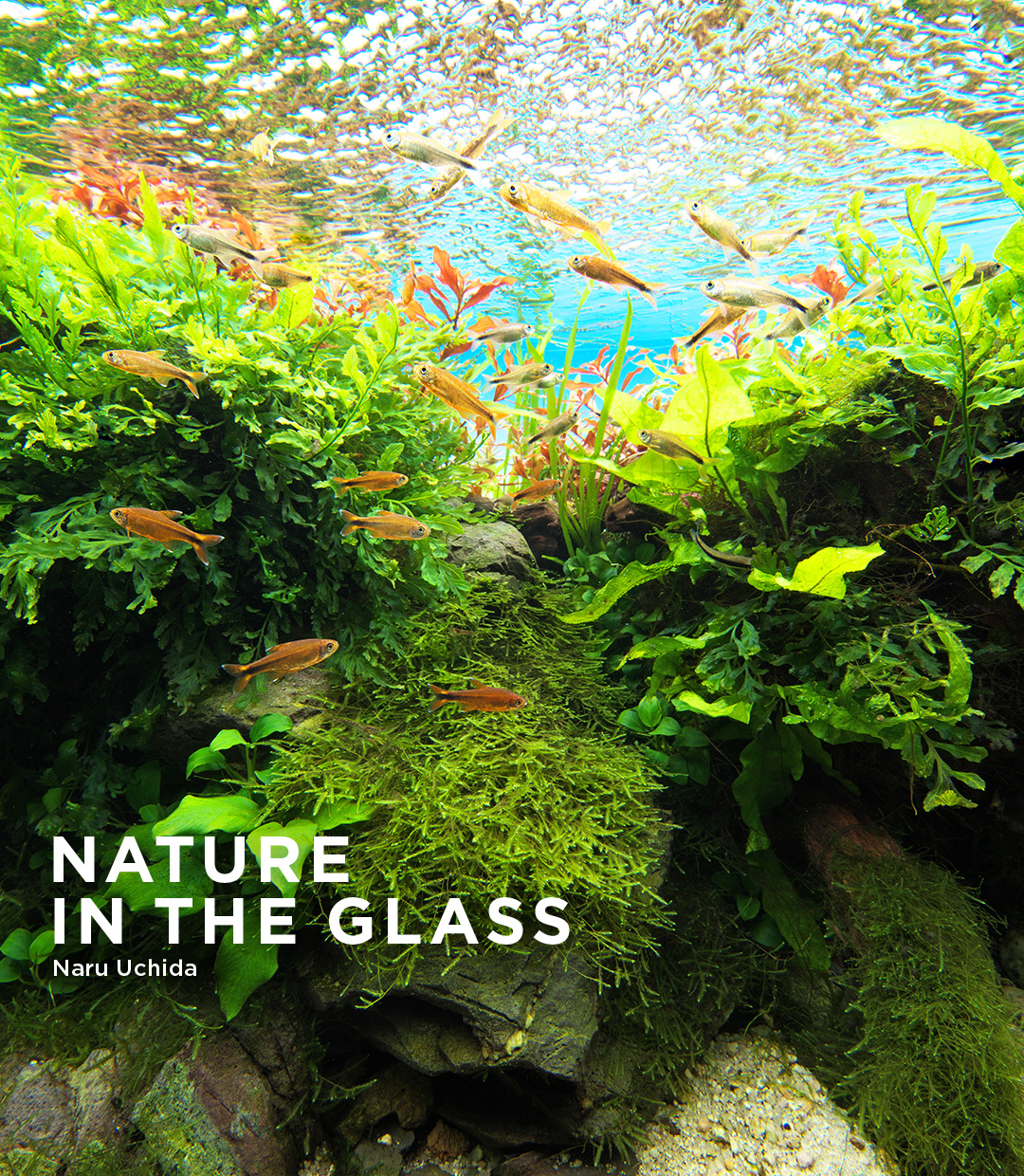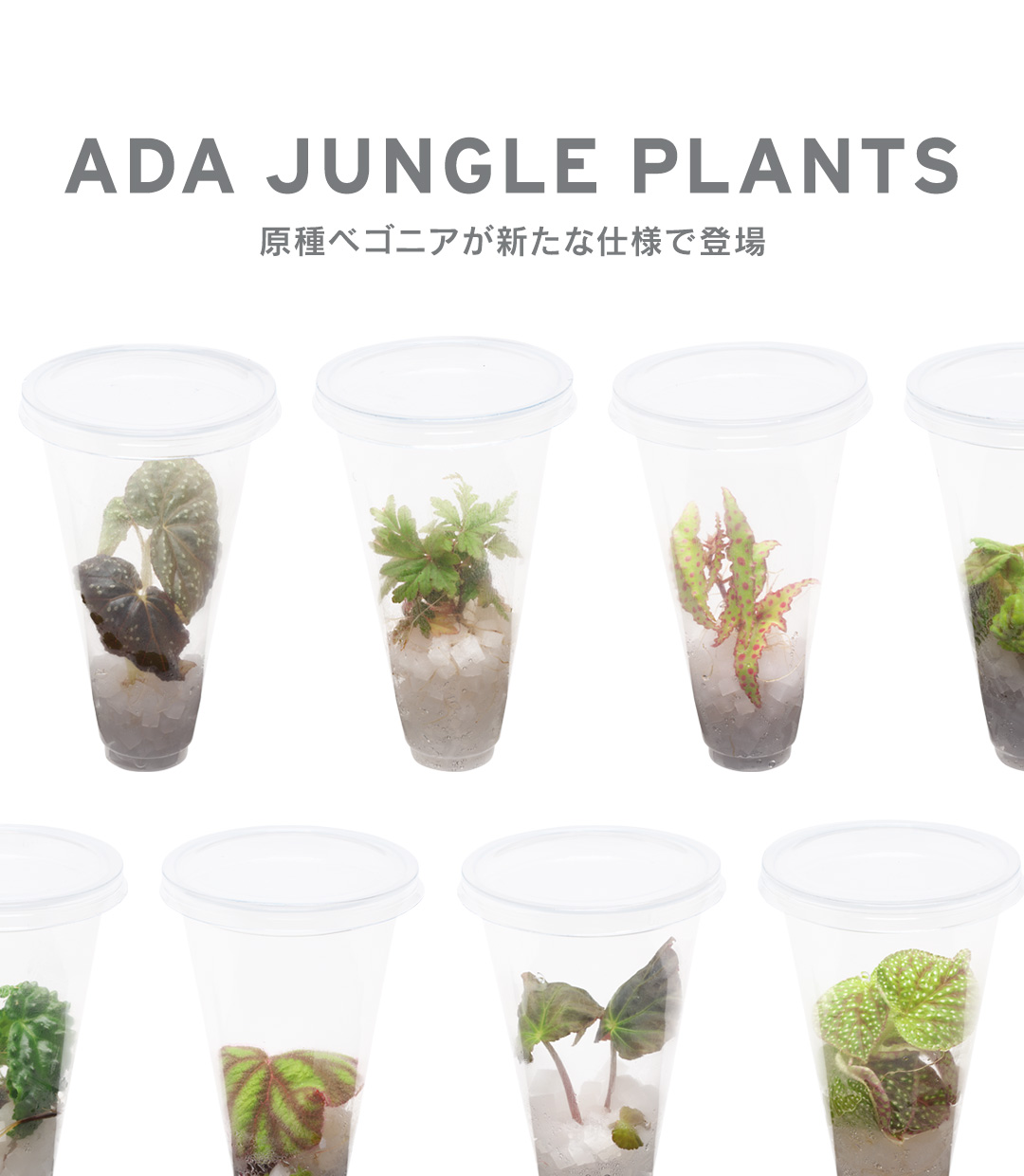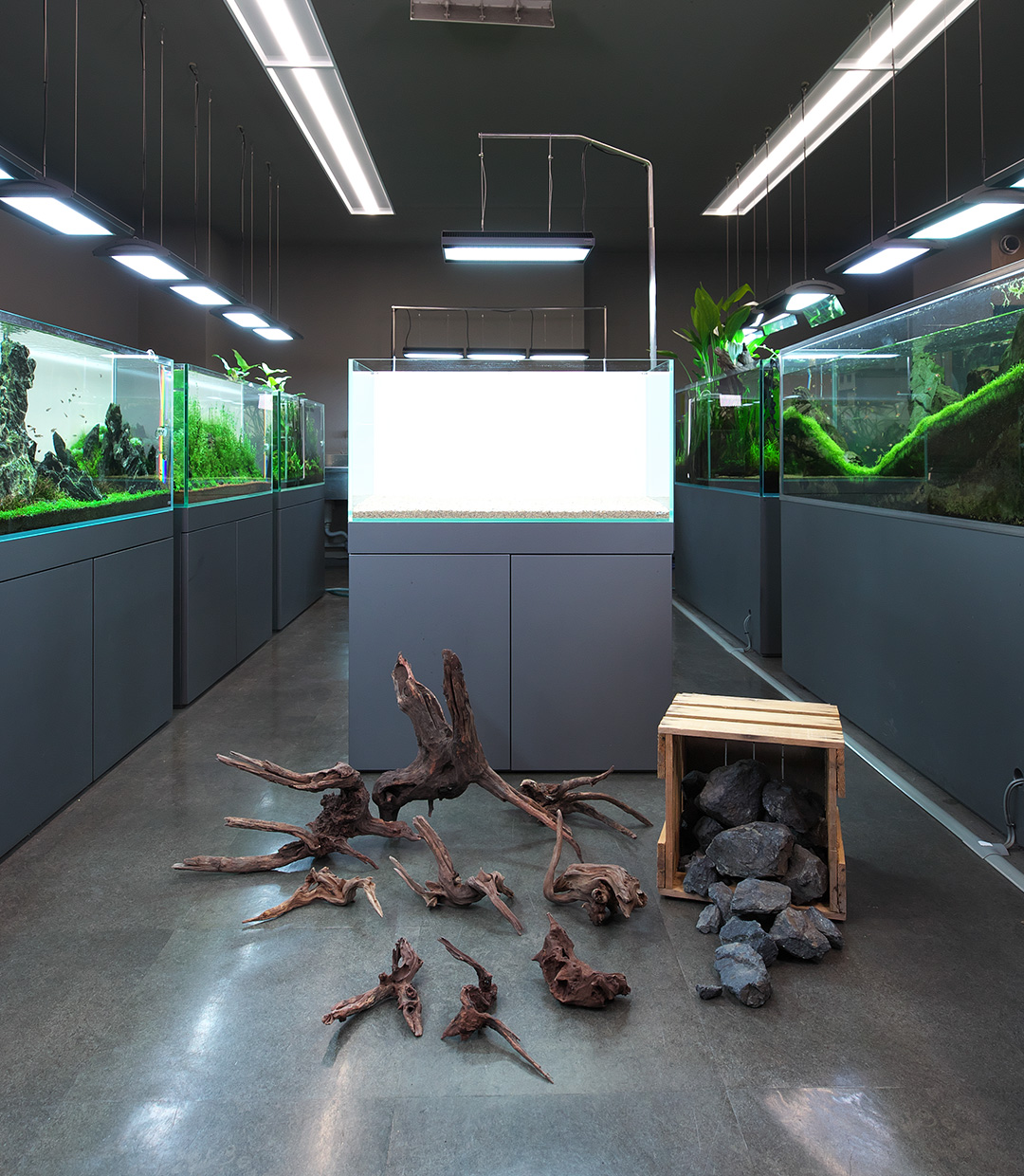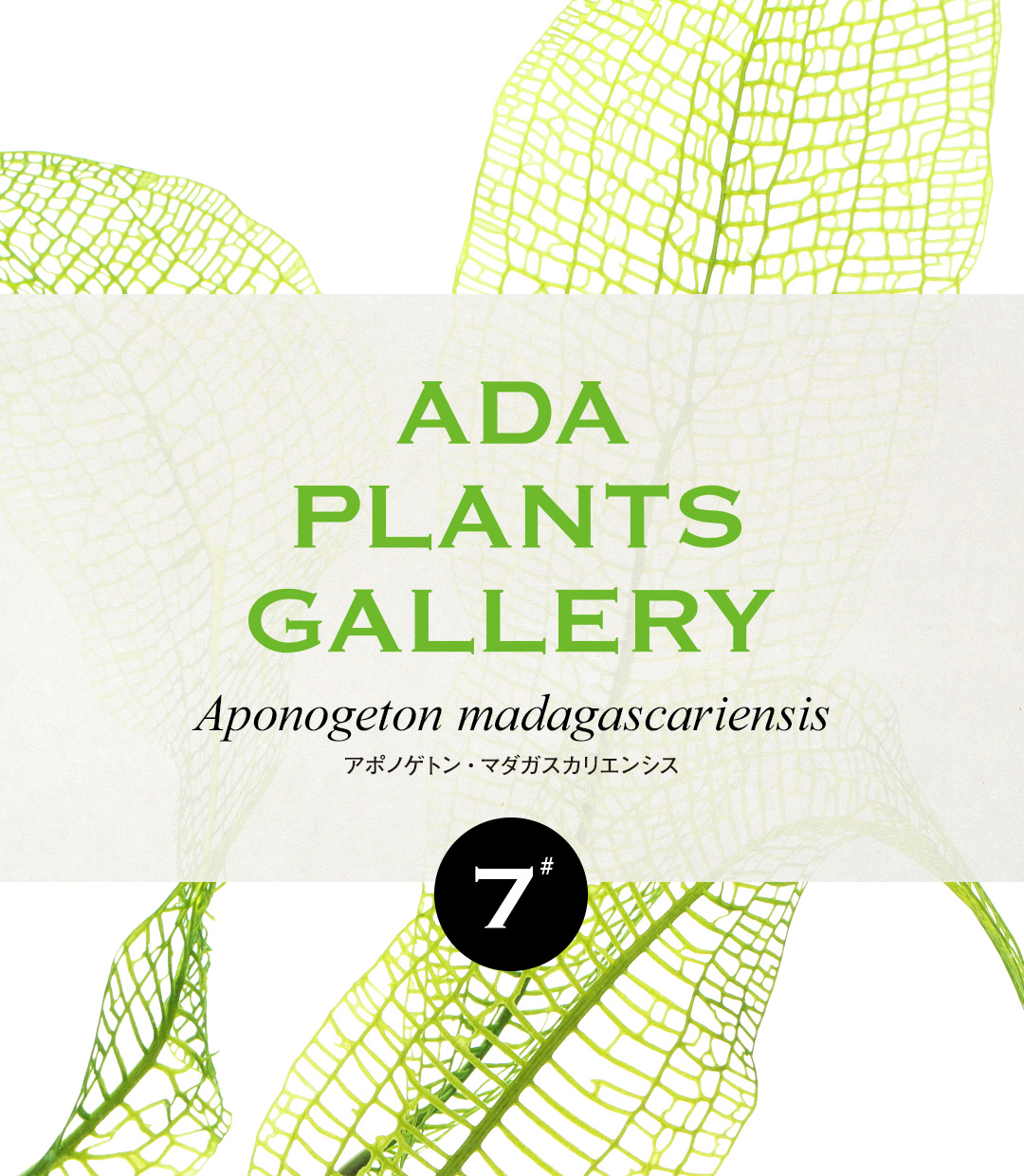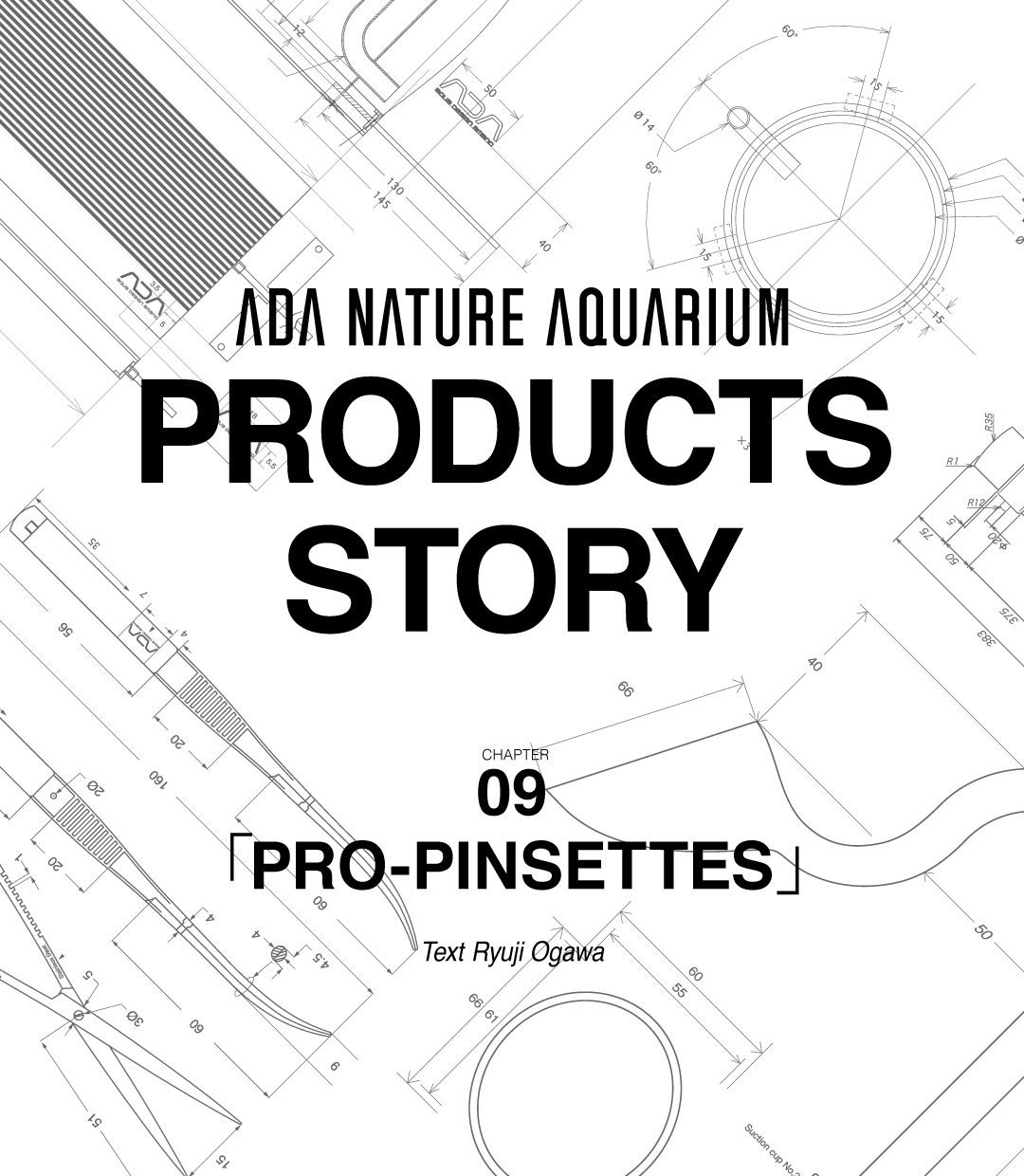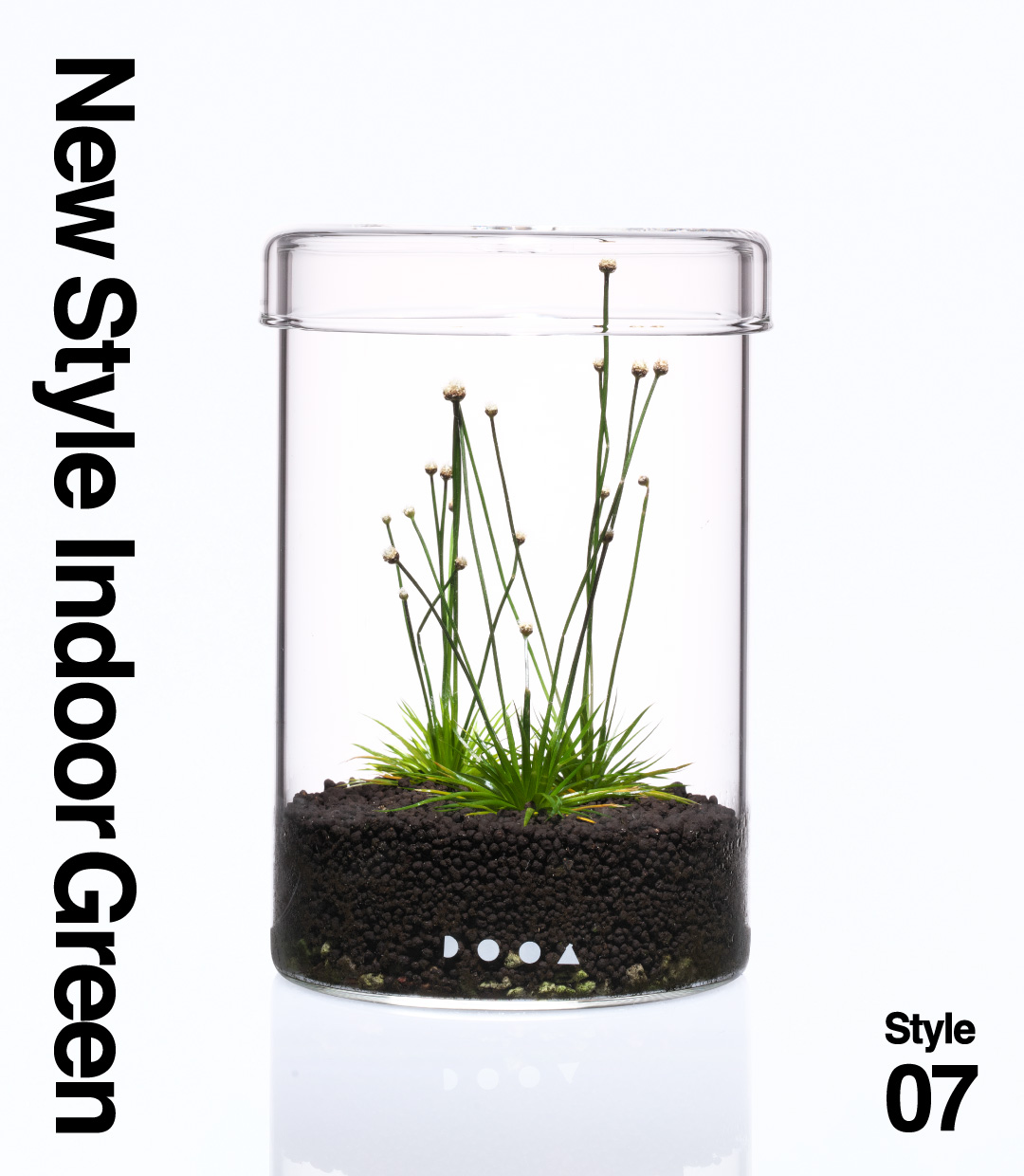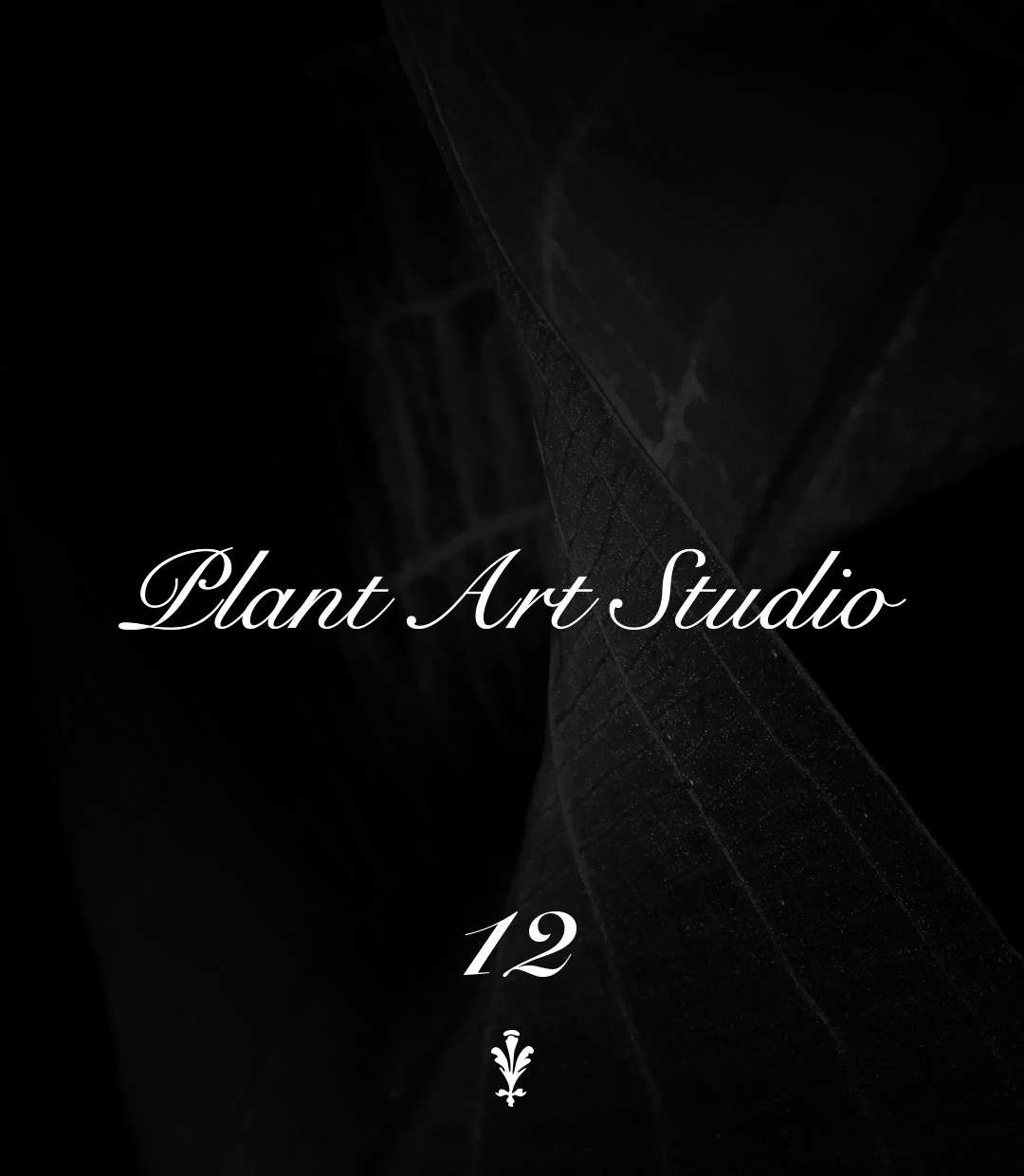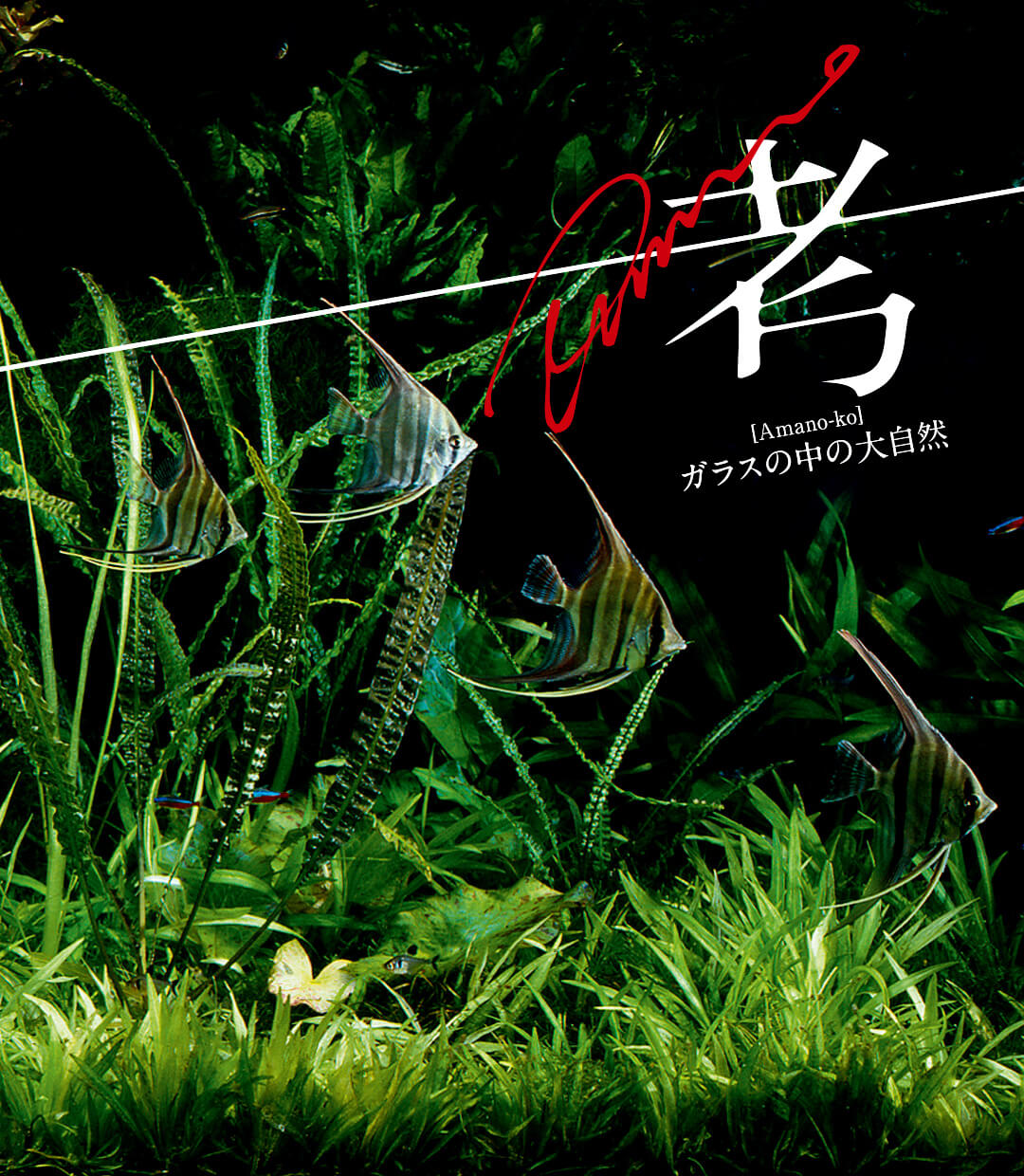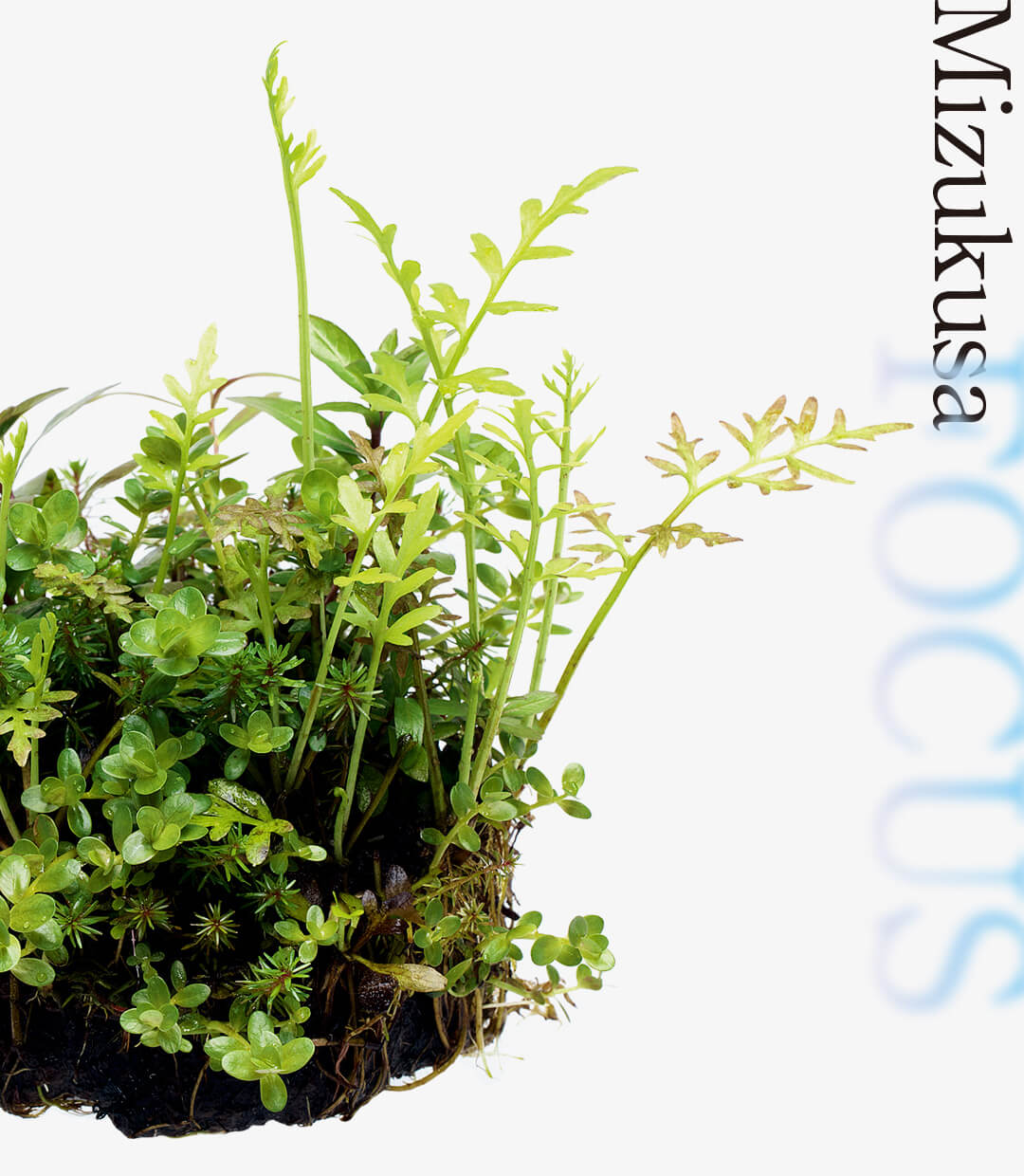ADA PLANTS GALLERY #07 Aponogeton madagascariensis
ADA’s Research and Development Department, called the Green Lab, develops a wide variety of greenery products. In this article, we would like to share with you some interesting bits of trivia about the plants produced in the lab, and a part of their true nature we see from time to time.
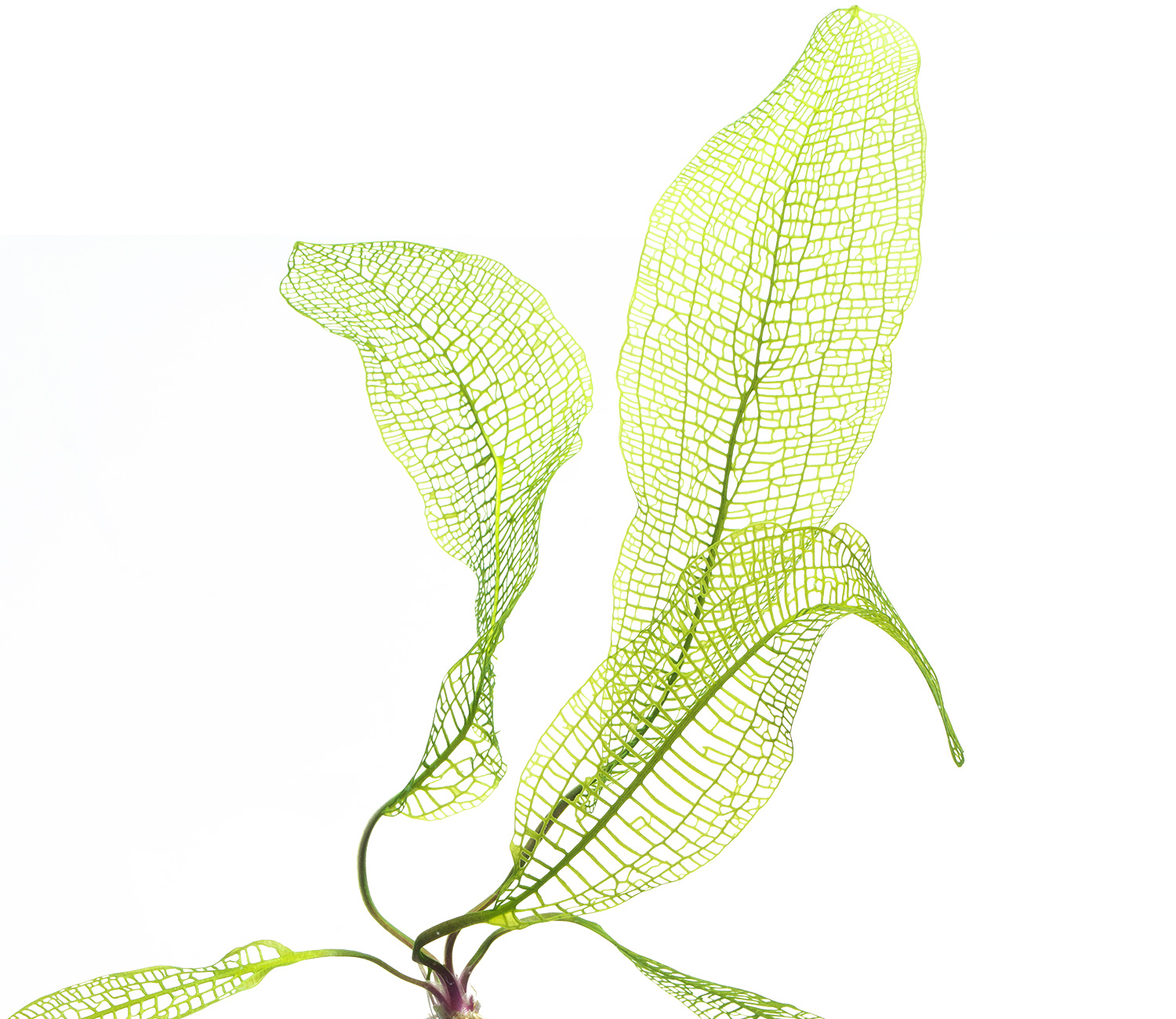
How do you make the most of those leaves?
Aponogeton is distributed across the three continents of Asia, Africa, and Oceania, and is popular for its transparent appearance, commonly seen in many aquatic plants, and for various different leaf shapes. Among them, Aponogeton madagascariensis (the Madagascar Lace Plant) is the one that truly embodies the word “mysterious”. With the characteristic lacy appearance of the leaves, the plant will naturally serve as an excellent main plant in planted aquariums. In addition, it is suitable for use in Nature Aquarium style layouts because it can create a cool refreshing impression of a clear stream in the background.
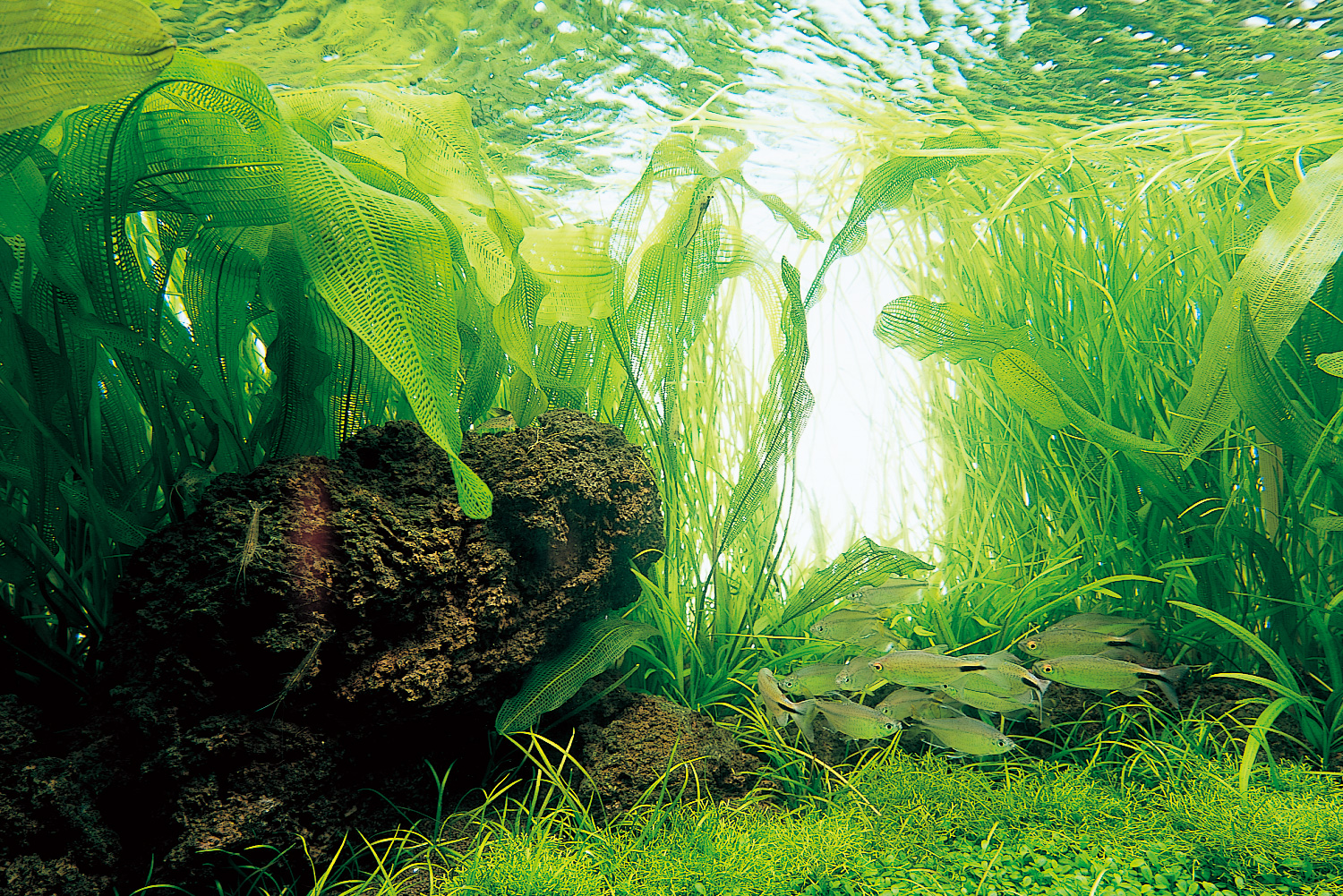
The lace plants decorate the background of a massive Fuji Stone arrangement. Their unique translucent appearance creates a gentle, yet cool expression with hazy outlines.
Diversity in leaf forms due to regional variation
A.madagascariensis, which is endemic to Madagascar, was once classified into three species based on the leaf variation at each native habitat: they were respectively called the “coarse type” (Aponogeton fenestralis), the “broad-leaved type” (Aponogeton henkelianus), and the “narrow-leaved type” (Aponogeton bernierianus). The plant is also seen in Mauritius and Reunion, which are located to the east of Madagascar, but it seems that it has become naturalized after being introduced to these islands. And now the scientific name of Aponogeton Bernielianus is used for another species native to Madagascar.


Broad-leaved type

Narrow-leaved type
Young leaves of each of the three types. Their distinctive characteristics can be observed even before full maturity. Another attraction of the lace plant is that you can enjoy the individuality of a single plant.
The process of forming the netlike structure
Do you know at what stage the lace plant’s netlike structure forms? The tissue areas surrounded by veins are filled when a leaf is young. As the plant grows, they continue to expand, and holes will appear as if the leaf thins out and tears open. In this observation, the coarse type was the earliest to develop a netlike structure, and the slowest was the broad-leaved type with fine veins running in a regular pattern. In both types, the holes usually begin to form from the tissue area along the midrib. It may be inactivation of cell division in the tissue areas, but what caused it remains a mystery.
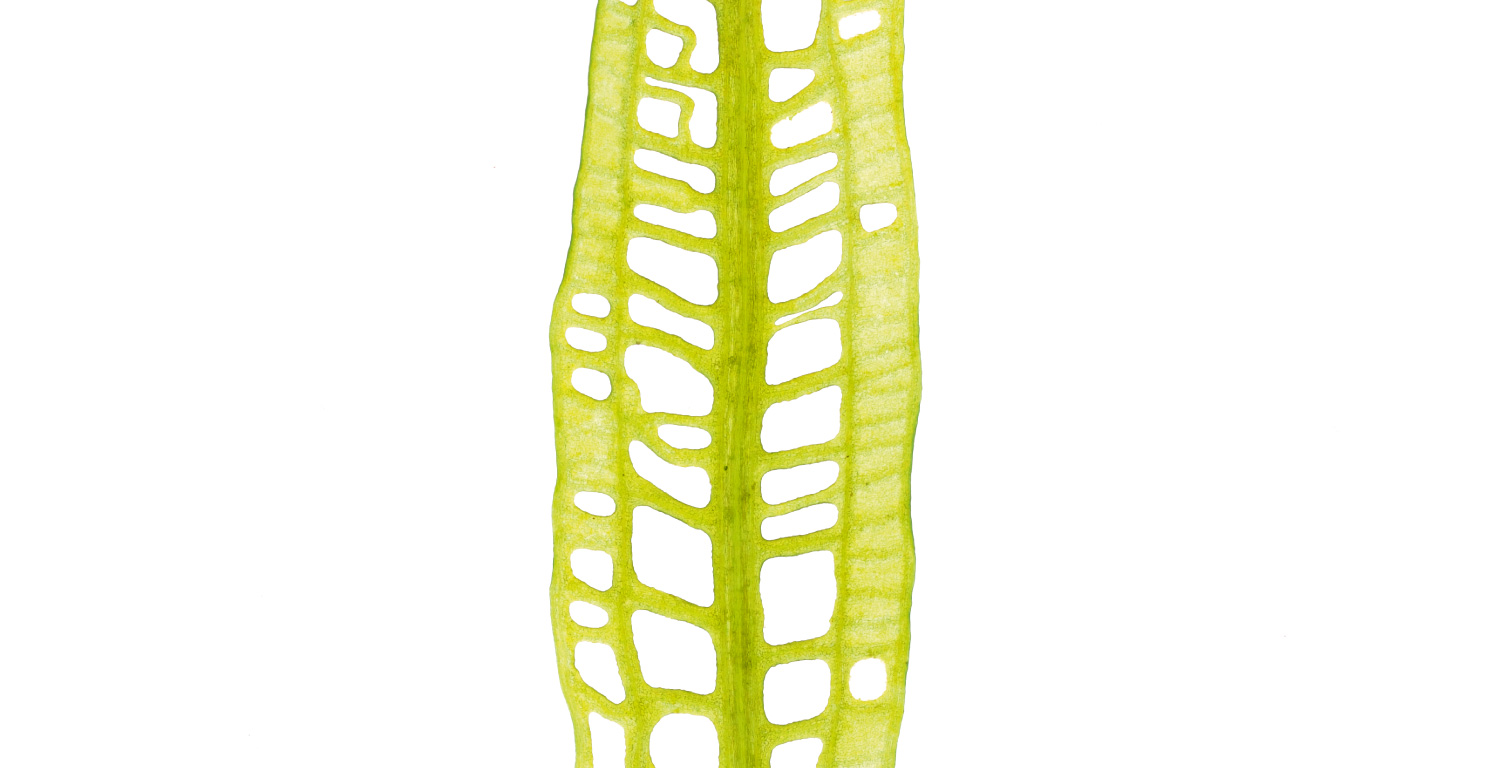
A young coarse type leaf that rapidly develops holes. Uncovering this unique ecology may have important implications for aquatic plant cultivation.
The plant can be grown for decorative purposes
If you want to enjoy aquatic plants as easily as you do with indoor house plants, then the lace plant is one of the options. Not only arrangement styles, but the difficulty of lace plant cultivation has changed. In the past, growing lace plants was once considered challenging. However, with improvement in substrate quality and distribution of tissue culture strains, you can now easily grow the plant. Tissue culture lace plants grow slowly and hardly go dormant, so they can be enjoyed for a long time. This is a great aquatic plant for beginners to try.
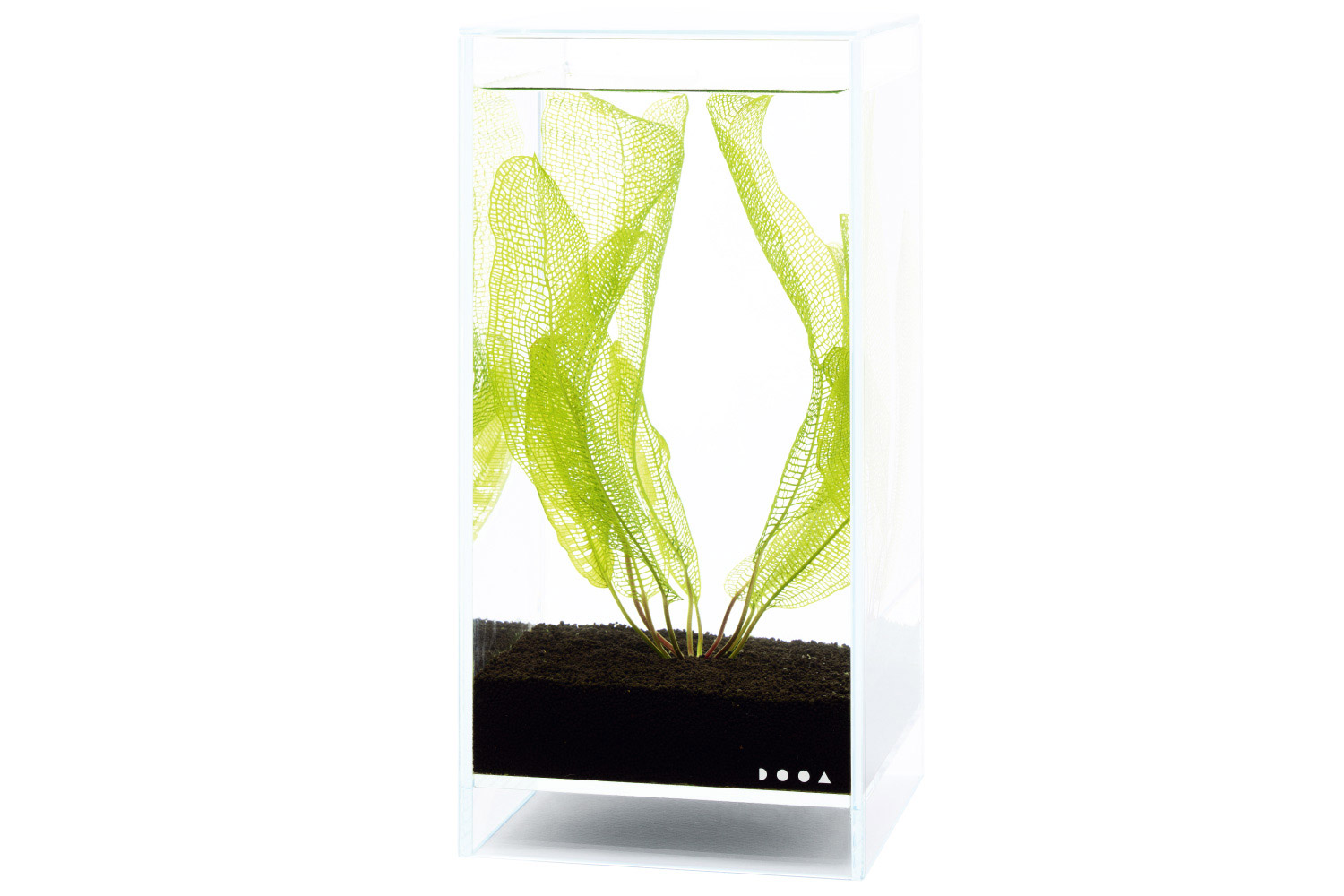
The Green Lab has introduced a fun way to grow lace plants. We hope it allows people to enjoy aquatic plants more casually.
